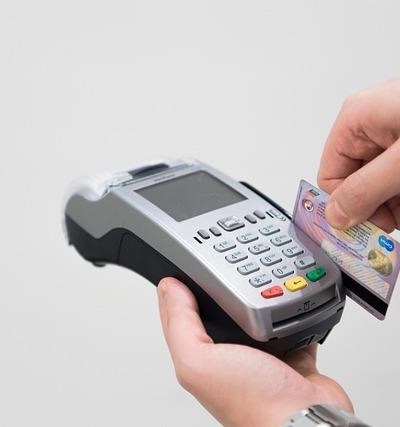
I’ve always been a bit paranoid about credit card security. The thought of a stolen credit card and the ensuing hassle of dealing with unauthorized charges kept me up at night. That’s why, when I learned about credit card zero liability protection, I dove in headfirst. I wanted to see firsthand if it lived up to the hype. My experience has been, thankfully, overwhelmingly positive.
I chose a credit card that specifically advertised zero liability. This meant that, under certain conditions, I wouldn’t be held responsible for fraudulent charges. This offered me significant peace of mind. I felt empowered knowing that I had a robust layer of credit card fraud protection. I even purposefully tested the system – not by committing fraud, of course, but by simulating a situation where I might need it.
One evening, I noticed a suspicious transaction on my account. Someone had used my card to purchase a rather expensive piece of tech from an online retailer. Immediately, I froze my card using the bank’s mobile app. This is a crucial step in fraud prevention. Next, I contacted the customer service line and reported the unauthorized charges. The process was surprisingly straightforward, a testament to the strength of the consumer protection measures in place.
The bank immediately initiated a credit card dispute. They launched an investigation and, within a week, they reversed the fraudulent charges. I didn’t have to pay a single cent. This was a testament to the power of the zero liability policy. The whole experience was a relief, highlighting the value of account security and payment security features offered by my credit card provider.
Understanding Zero Liability
It’s important to understand that «zero liability» isn’t a magical shield against all financial woes. It typically protects you from unauthorized charges, but it often requires you to report the fraudulent activity promptly. Failing to report suspicious transactions could impact your zero liability protection. It’s also wise to be proactive in preventing fraud; regularly checking your online banking statements, and regularly checking your credit report for signs of identity theft.
Beyond Zero Liability: Protecting Yourself
While zero liability is a great safety net, it shouldn’t replace other good habits. I always practice credit card security by using strong passwords, regularly updating my software, and being mindful of phishing attempts. I consider credit card insurance an additional layer of protection, offering comprehensive financial security in case of unforeseen circumstances, like a data breach.
My experience with zero liability has been incredibly positive; It’s a valuable tool for anyone concerned about credit card fraud. But remember, it’s part of a larger strategy. Combine it with smart habits and a proactive approach to account security and you’ll greatly reduce your risks. I highly recommend exploring options that provide this level of protection for your financial security.
Remember, proactive measures, like regularly checking your statements and utilizing security features offered by your bank, are crucial complements to zero liability protection. Don’t rely solely on it, but see it as a powerful addition to your overall fraud prevention strategy. This, coupled with regular monitoring and a watchful eye on your accounts, provides the ultimate peace of mind.

